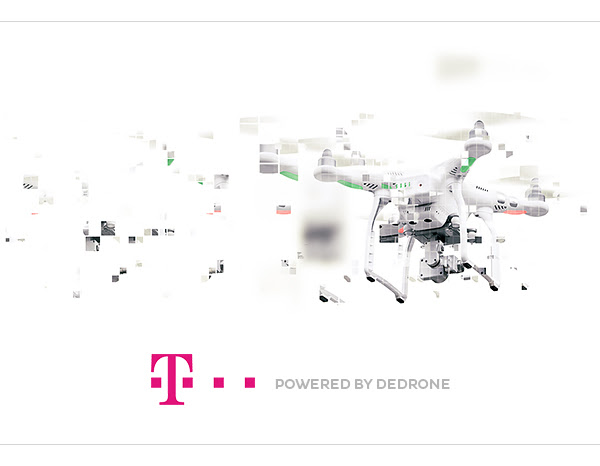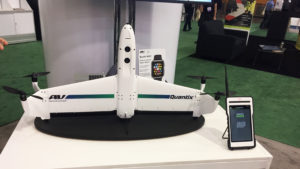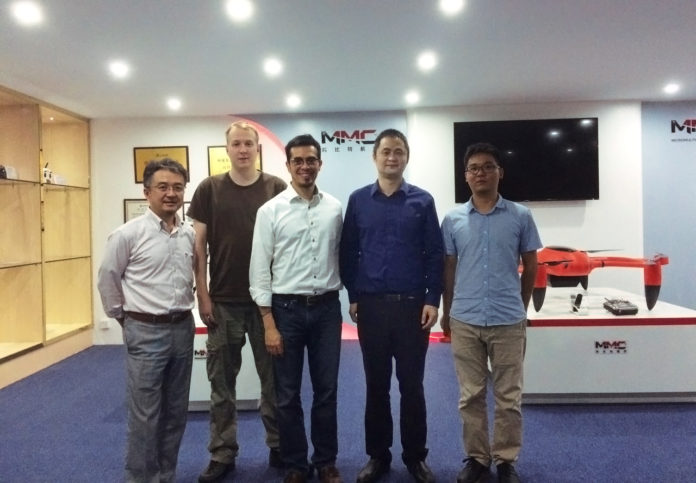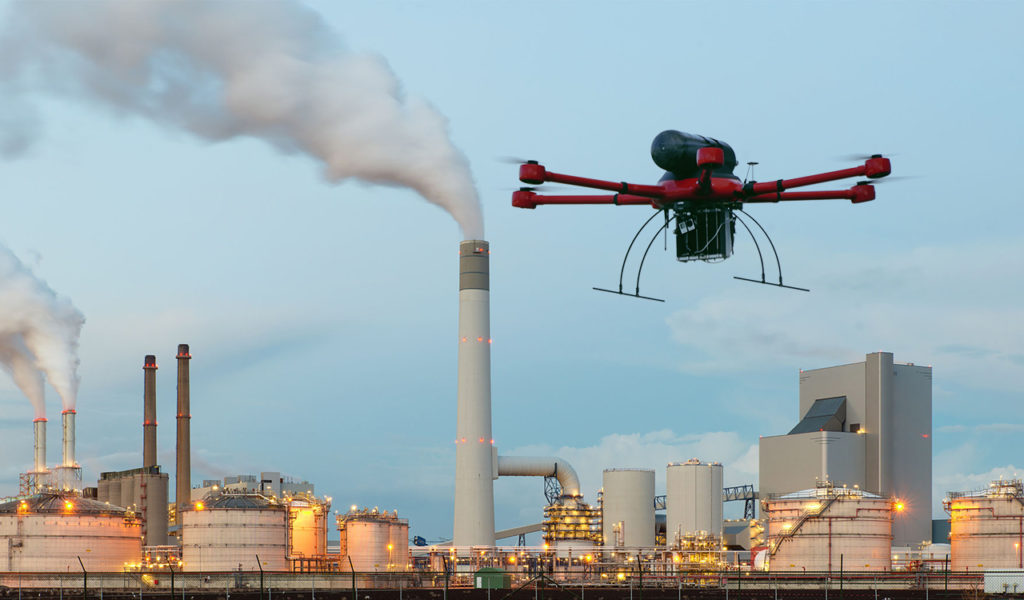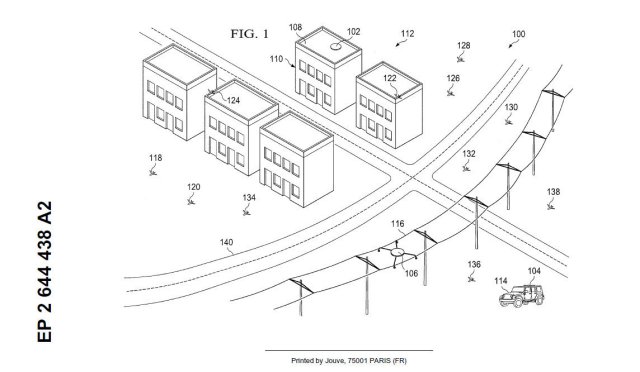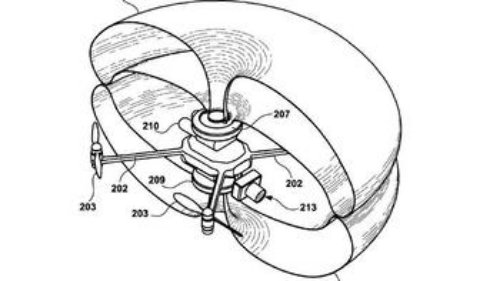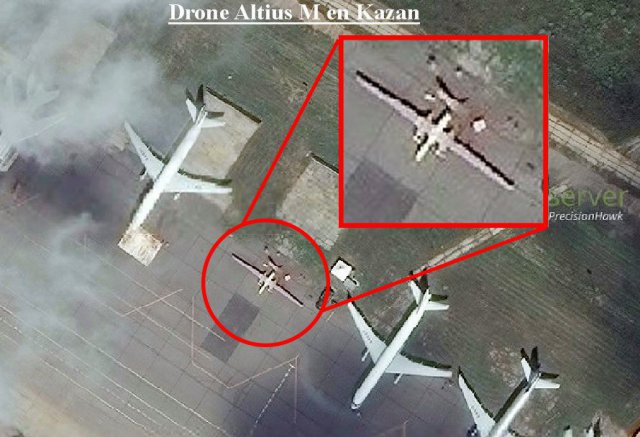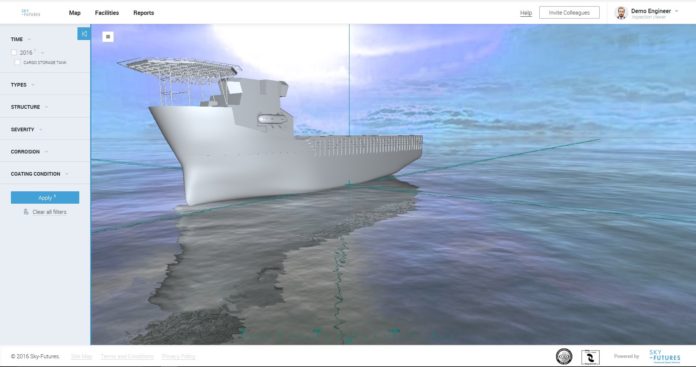dronelife.com
BY MALEK MURISON
November 29, 2016
Fotokite has launched a tethered camera drone, the Fotokite Phi. Like plenty of other consumer drones, the Phi is designed to carry a GoPro camera. But there the similarities end. This is a drone on a string. It’s tethered, just like a kite, and ticks plenty of boxes for new flyers.
If we go through some of the common problems faced by new drone pilots and aerial photographers, there are probably a few that all will agree on. Although it’s kind of the whole point, the biggest issue is probably the act of flying itself. Sure, the very latest consumer models can pretty much take care of that, but for plenty of pilots, the whole flying process can detract from the media side of things.
Another is the inevitable moment when your drone decides to ignore your controls and disappear into the distance – something that’s probably happened to the majority of pilots at some point. And what about the innate creepiness of camera drones, the sense of unaccountability that many people feel when they see a drone in the sky? Who’s controlling that thing..?
Fotokite has come up with a product that could solve some of these problems. This is the Fotokite Phi.
The Fotokite Phi is a tethered, foldable quadcopter designed for anyone who wants to capture a moment from a unique perspective, without the fuss of unpacking a drone or even learning how to fly one. The company has suggested that it’s as easy to fly as a kite, which will mean different things to different people. But we get the idea: it’s all about ease of use and simplicity.
The Phi os compatible with GoPro cameras (3/3+/4 and Hero5 Session), and is available for a limited time at a price of $249.
“The Fotokite Phi gives everybody the power to capture bird’s-eye footage as quickly and easily as possible,” said CEO Chris McCall. “There are a ton of problems with traditional airborne camera systems – lengthy setup time, flyaways, reliability on GPS signals, difficulty flying indoors – and we wanted to solve as many of them as possible. The Phi’s combination of portability, usability and safety makes it the perfect companion for anybody who wants to tell stories from the sky.”

After building a professional version for broadcast journalists, Fotokite launched asuccessful Indiegogo campaign last year, and the Fotokite Phi is now shipping and available to customers looking for a family-friendly and novel way to capture aerial footage.
Back in 2014, Fotokite founder Sergei Lupashin exhibited an early model of the idea on the Ted Talks stage:
“We’re aiming to create a new, fresh category in the flying camera lineup. The tether solves two big drone tech challenges – localization (where-am-I) and interaction (what-do-I-do) – in an intuitive way without requiring joysticks or a smartphone to control it. We’re incredibly excited to see folks use this device – and have fun while flying it – while on their adventures and travels.” – Fotokite founder and CTO Sergei Lupashin
A few of the Fotokite Phi’s features include:
Easy launch
To get your Phi off the ground, all you need to do is point it in the direction you want it to go and give it twist. Just don’t forget to hold onto the leash.
Gesture control
The Fotokite Phi essentially flies itself, but you can control its movement to a degree with simple gestures. Rather than relying on complicated joystick controls, the Fotokite uses the force of the tether to fly next to the user. Hold the yaw or orbit button on the leash and rotate your wrist – the Phi will follow your commands.

You will not lose this drone
Considering that there’s a physical connection between pilot and drone, this might go without saying. The tether makes a flyaway an impossibility. But just in case the tether is cut, the Phi will automatically begin a controlled descent and power off upon landing. Clever. The same will happen if the Phi is running low on battery during a flight.
Sharable, not like in the annoying social media way
How many drone pilots out there would feel comfortable handing over complete control during a flight to a five-year-old? Not many. But the Phi is different. It can be passed around and shared between friends just as you would with a kite.
Easy to get around
Weighing in at 14 ounces including a camera, this is comfortably the lightest GoPro-carrying quadcopter on the market. It also folds into a compact carrying case. The Fotokite Phi comes with up to 100 feet of leash and a removable battery. The battery gives around 13 minutes of flight time and charges directly through a USB port. Spares will soon be available for $24 – a bargain by industry battery standards.

Camera integration
The Fotokite Phi is best used with GoPro Hero 3/3+/4 cameras. These can be powered by the Phi and will automatically turn on when flying starts. Filming can be controlled directly from the Fotokite Phi leash (video start/stop, photo capture).
The price
Fotokite Phi is now shipping at the price of $249.
Fotokite Phi – Final thoughts
The Fotokite Phi is certainly an original entry into the drone market that will tick a lot of boxes for new pilots and young flyers. At under $250, it’s a great option if you’re looking for an easy to use GoPro compatible drone. However, we can’t yet vouch for the quality of the footage you’ll be able to achieve with it. It will depend on the GoPro camera that you choose to work with, as well as the light and wind conditions.
Having said that, we don’t get the impression that this has been designed as an aerial photography product for professionals. It’s more about the fun of a shared experience, and a way of capturing moments from above without being the creepy anonymous drone hovering overhead. It also looks super easy to use and simple to transport. For $250, what’s not to love?
Read more at:
http://dronelife.com/2016/11/29/fotokite-phi-tethered-kite-drone/


